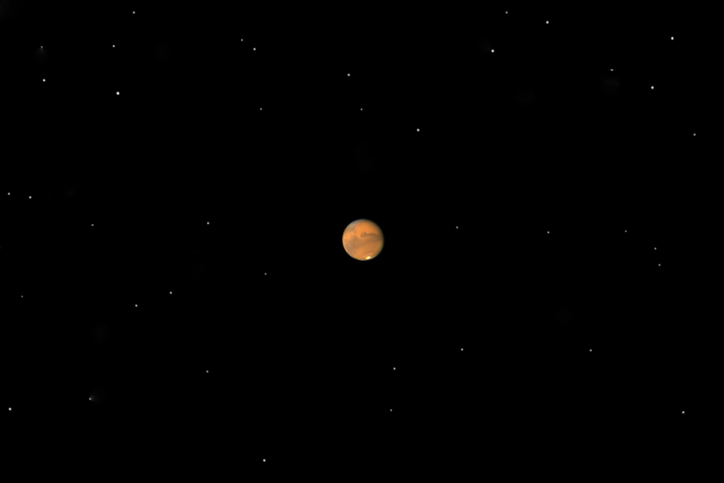With the assistance of China’s Zhurong rover, scientists have gathered fresh evidence that Mars was home to an ocean billions of years ago – a far cry from the dry and desolate world it is today.
Scientists said on Thursday that data obtained by Zhurong, which landed in the northern lowlands of Mars in 2021, and by orbiting spacecraft indicated the presence of geological features indicative of an ancient coastline. The rover analyzed rock on the Martian surface in a location called Utopia Planitia, a large plain in the planet’s northern hemisphere.
The researchers said data from China’s Tianwen-1 Orbiter, NASA’s Mars Reconnaissance Orbiter and the robotic six-wheeled rover indicated the existence of a water ocean during a period when Mars might already have become cold and dry and lost much of its atmosphere.
They described surface features such as troughs, sediment channels and mud volcano formations indicative of a coastline, with evidence of both shallow and deeper marine environments.
“We estimate the flooding of the Utopia Planitia on Mars was approximately 3.68 billion years ago. The ocean surface was likely frozen in a geologically short period,” said Hong Kong Polytechnic University planetary scientist Bo Wu, lead author of the study published in the journal Scientific Reports.
The ocean appears to have disappeared by approximately 3.42 billion years ago, the researchers said.
“The water was heavily silted, forming the layering structure of the deposits,” Hong Kong Polytechnic University planetary scientist and study co-author Sergey Krasilnikov added.
Like Earth and our solar system’s other planets, Mars formed about 4.5 billion years ago. At the time the ocean apparently existed, it might already have begun its transition away from being a hospitable planet.
“The presence of an ancient ocean on Mars has been proposed and studied for several decades, yet significant uncertainty remains,” Wu said. “These findings not only provide further evidence to support the theory of a Martian ocean but also present, for the first time, a discussion on its probable evolutionary scenario.”
Water is seen as a key ingredient for life, and the past presence of an ocean raises the prospect that Mars at least at one time was capable of harboring microbial life.
“At the beginning of Mars’ history, when it probably had a thick, warm atmosphere, microbial life was much more likely,” Krasilnikov said.
The solar-powered Zhurong, named after a mythical Chinese god of fire, began its work using six scientific instruments on the Martian surface in May 2021 and went into hibernation in May 2022, likely met with excessive accumulation of sand and dust, according to its mission designer. It exceeded its original mission time span of three months.
Researchers have sought to better understand what happened to all the water that once was present on the Martian surface. Another study, published in August and based on seismic data obtained by NASA’s robotic InSight lander, indicated that an immense reservoir of liquid water may reside deep under the surface within fractured igneous rocks.
(Reuters)



















